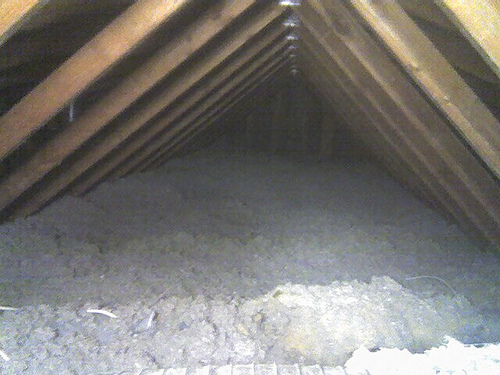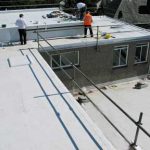Considered as the oldest type of building insulation material, the use of cellulose as insulation serves to separate the sounds and climate of a building’s exterior from those of its interior. The public sentiment regarding cellulose insulation use has changed gradually over the years. During the 1970’s, there had been some concern about how safe certain building materials were, and most favored cellulose insulation’s closest rival, fiberglass insulation, causing an upsurge in that latter material’s sales. While fiberglass insulation enjoyed much success for a number of decades, research conducted on cellulose insulation would bring to light some fascinating facts pertaining to it.
It had been discovered that cellulose insulation could help in protecting homes from damage by fire, as the material is so compact that it does not leave enough room for oxygen. This is significant since fire naturally needs oxygen in order to thrive. Another remarkable property of cellulose insulation is that, despite certain chemical processes involved in its manufacture, it is thought of as a relatively environment-friendly construction material.
Cellulose insulation uses mainly recycled matter such as paper and natural fabric. Case in point, recycled denim was used as insulation when the San Francisco facility of the California Academy of Science had been rebuilt in the latter part of the 2000’s. The deciding factor in adopting this ecologically-sound mode of insulation was that its embodied energy (that is, the quantity of energy spent in its production) was much lower in comparison to that of fiberglass insulation.
There are different kinds of cellulose insulation employed for buildings. This includes loose fill, which is applied by blowing it into sections of space that require insulation. Another type is low dust, which is treated with a number of added components advantageous to those who may have allergies to dust from materials such as newspapers. Perhaps the most efficient form of cellulose insulation is wet spray, so named because it is added with water. It is somewhat similar to one more type of the insulation, stabilized cellulose.
The use of cellulose insulation can save a lot in building costs, but its affordability does not compromise its quality as a building material. In fact, it is especially effective in keeping heat, as well as in keeping it out, depending on the outside temperature. Perhaps the only complication to be had is in locating people who are skilled enough to apply it. It would take quite an effort in finding those who have an extensive knowledge of the various types of cellulose insulation and how to install them. There is also a potential risk that termites might be attracted to the insulation’s ingredients, but this can be easily remedied with a borate treatment to keep termites at bay.



